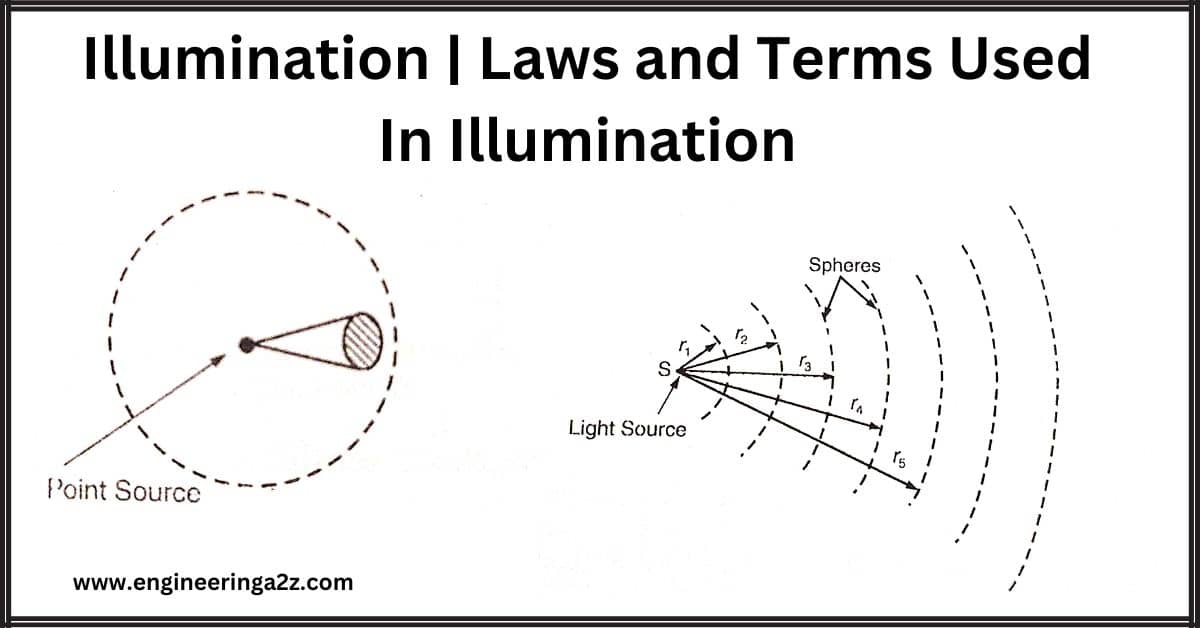
Table of Contents
Introduction
In general, by “Illumination” we mean “lighting”. Technically illumination is the light required at a place for doing a particular job. Example, for drawing work we need more illumination, for reading, we need lesser illumination. We need minimal illumination in the bedroom and in the Verandah.
Laws Of Illumination
There are two laws of Illumination
(i) Inverse square law (i) Lambert’s cosine law.
1. Inverse Square Law
According to this law, the illumination of a surface is inversely proportional to the square of the distance between the source and the surface.
1∝ 1/d², where I is the illumination at a surface situated at a distance d from the source.
Note that the law holds good only when the source is a point source.
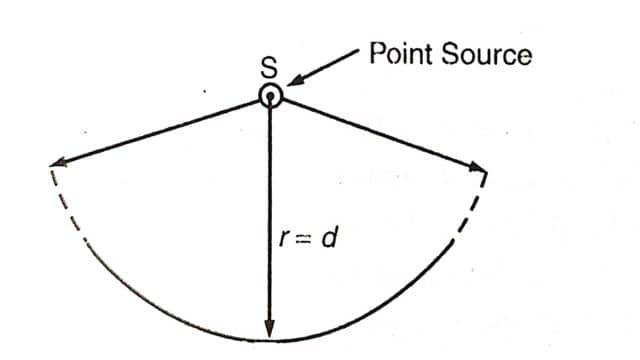
Illustration: If a point source of light, which emits equal light in all directions, is placed at the center of a hollow sphere, the light will fall on its surface uniformly. In other words, each unit square of the surface will receive the same amount of light. If this sphere is replaced by a larger sphere, the light will be distributed over the larger area, according to the law, in proportion to the square of the radius, Le light will be decreased in proportion to the increase in the radius or light will be inversely proportional to the square of the radius or distance of the surface from the source.
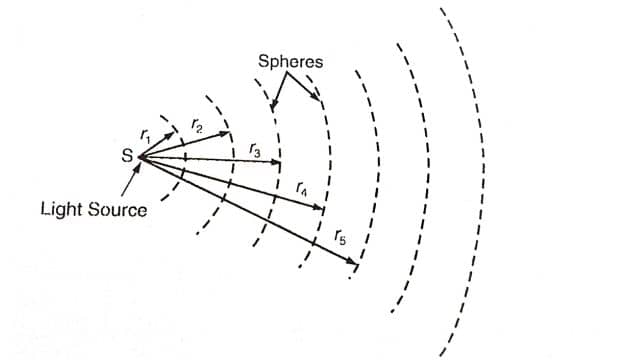
2. Lambert Cosine Law
While discussing the first law, it was assumed that the direction of luminous flux is normal to the surface, but this is not always so. In such cases, the illumination is calculated by using the cosine law.
According to this law, the illumination at any point on a surface is proportional to the cosine of the angle between the normal at that point and the direction of light flux. i.e. I x cos 0.
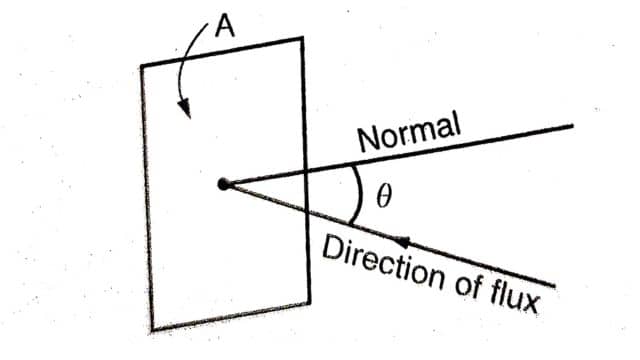
Terms Used In Illumination
- Luminous flux: It is the light energy radiations coming from a body (e.g. electric lamp). Generally, useful radiations that produce sensations in the human eye (Between 5000 A to 7000 Å) come under the category of Luminous flux. It is measured in Lumens.
- Solid angle: The angle subtended by an area of a solid body at the center of the body is called a solid angle. It is represented by a and measured in steradians. For example, a hollow sphere has a point source of light at its center. The flux passing through the surface of the sphere forms a solid angle at the center of the surface.
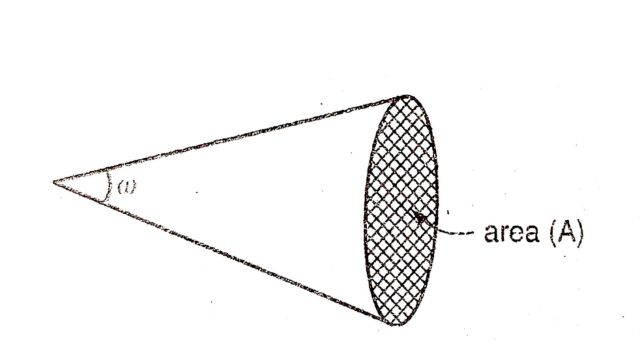
3. Luminous Intensity: It is the luminous flux emitted by a source per unit solid angle. If flux emitted by a source placed at the apex of a cone having solid angle u is lumens, Then
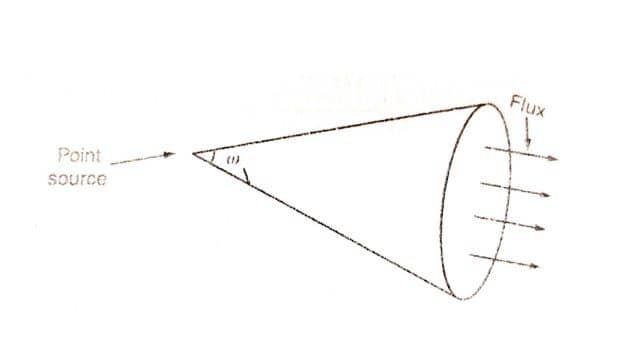
Luminous intensity of the source = Flux emitted / Solid angle = ⲫ/w Lumens/ steradian
4. Illumination: The luminous flux falling per unit area of a surface is called illumination. When is the flux in Lumens? A is the area of the surface, the illumination. Illuminate Im Im/When light flux falls on a surface the latter is said to be illuminated.
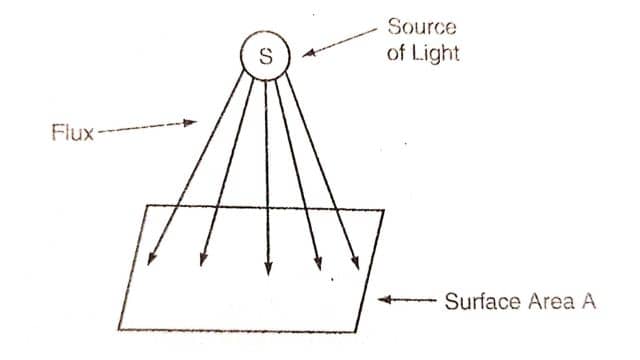
5. Luminous Efficiency: The efficiency of a source to convert supplied power (in watts) into lumens of light is called the Luminous Efficiency of the source. It is given in Lumens per watt. 220 lm/watt is the maximum efficiency that can be obtained from a lamp.
6. Depreciation factor: When our lamps, tubes, etc. are now they give light. With time they are covered with dirt, dust, etc. With time, their filament becomes weak, as a result flux emitted is reduced. This is called Depreciation. The ratio of the illumination in working conditions to the illumination when they were new is called the Depreciation factor. Its value is taken as 0.8. The value of the factor can be improved if the light sources are cleaned and maintained periodically.
7. Coefficient of Utilisation: The light emitted by a source is not utilized fully by the working surface but some light is wasted, lost, or absorbed by the floor, ceiling, furniture, etc. of the room.
The ratio of the light used (utilized) by a surface to the total light emitted by the light source is called the coefficient of utilization. Its value is taken as 0:5, Le practically, only 50 percent of the light emitted is utilised.
9. Space Height Ratio: The ratio of the distance between two successive light sources to their mounting height is called the space height ratio.
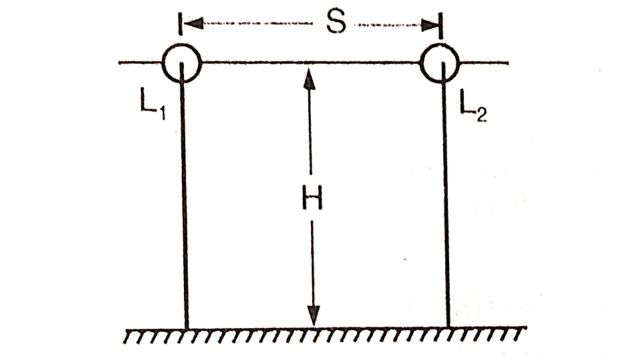
If the distance between the two successive lamps L1 and L2 is S and the mounting height of the lamps is H, the space height ratio = S/H. In practice, it is kept between 1 and 1.5. H
9. Reflection factor: When light falls on a polished surface, it is partly reflected. This phenomenon is known as the reflection of light.
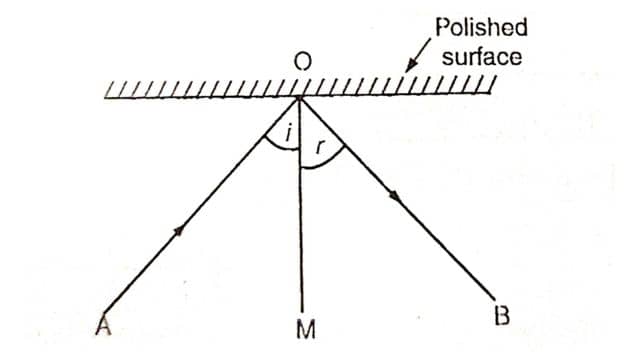
10. Glare: Reflection on the eyes is called glare. This is not comfortable for the eyes. The glare may be reflected from a polished surface or otherwise. This is not desirable and proper design of the lighting scheme can eliminate glare.
11. Shadow: Shadows are produced when some opaque body comes in the way of the light source. This is also not desirable. This is uncomfortable and a defect in the design. Long and hard shadows cause fatigue to the eyes. Shadows can be avoided by reflection. This phenomenon is known as the reflection of light.
(a) Keeping the height of the light sources at least 2.5 m
(b) By using an Indirect lighting system
(c) By using globes on the lamps.
12. Lux: Lux is the unit of light intensity, one lux is equal to one lumen per m²
13. Lumens: It is the unit of luminous flux and may be defined as the luminous flux, emitted per unit solid angle, from a light source of 1 candle power (C.P.) i.e.,
Lumens Candle power x Solid angle = C.P. × w.
The total luminous flux emitted by the source of 1 C.P. = 4π lumens.
14. Candle Power:
Lumen C.P. × w,
C.P. = Lumen /w
The candle power may be defined as the number of lumens emitted by a source per unit solid angle in a given direction.
15. Brightness: It may be defined as the luminous flux per unit area or luminous intensity per unit projected area of the source in a direction perpendicular to the surface.
The unit of brightness is candles per m², candles per cm², or candles per ft.
Frequently Asked Questions (FAQs)
What is illumination?
Illumination is the act of lighting up or brightening a space or object using artificial or natural light sources, enhancing visibility and creating a pleasant atmosphere.
What is an example of illumination?
An example of illumination is turning on a lamp to light up a room, making it easier to read a book or see things clearly.
What is the SI unit of illumination?
Lux is a measure of how bright an area is. It’s in the International System of Units (SI). One lux is the brightness from one lumen spread evenly over one square meter.
What is the unit of Lux?
The unit of Lux is “lx.” It’s used to measure the level of illumination or brightness on a surface.
Read Also:
- USART (8251) : Universal Synchronous And Asynchronous Receiver-Transmitter
- Magnetic Field | Introduction | Effects
- Modern Grid | Characteristics and Functions
- Stand Alone PV System | Schematics and its Components
- Biomass Resources | Environmental Impacts, Constituents, and Applications
- Solar Collectors | Types, Advantages, and Disadvantages










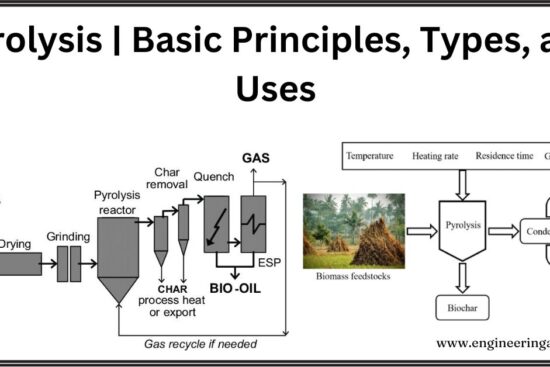
Leave a Reply